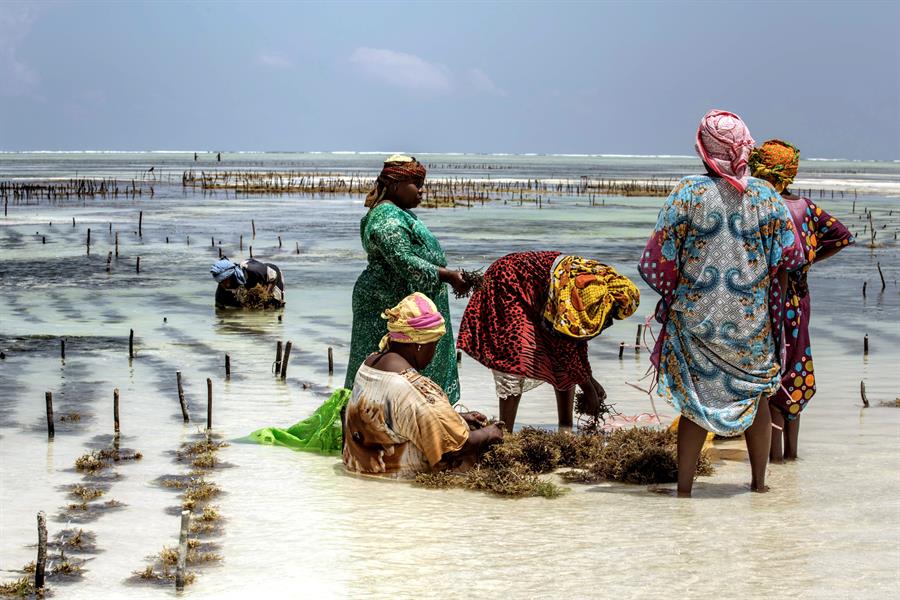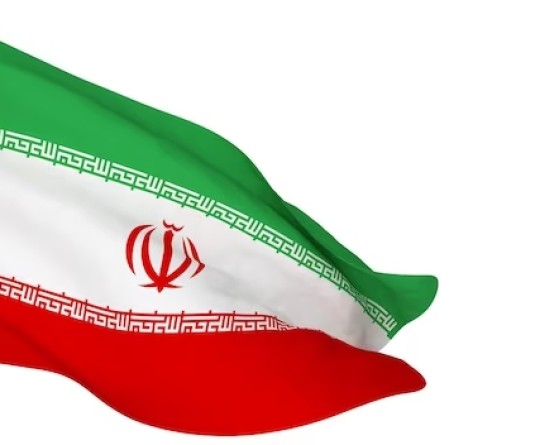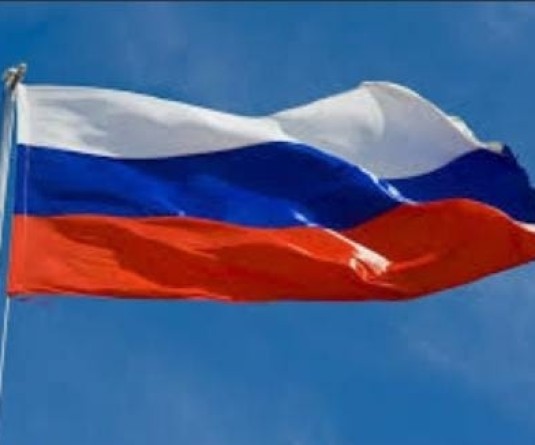Zanzibar kelp farmers: feminism, innovation on the banks of the Indian Ocean

A group of women harvests seaweed on the coast of the Indian Ocean in Bjwejuu, Zanzibar, Tanzania, 3 December 2019. EFE/ Patricia Martínez
Bwejuu, Tanzania, December 3 (efe-epa).- Dressed in a marine blue tunic and headscarf, kelp farmer Maryam Pandu’s attire reflects and honors the Indian Ocean that has given her a job and financial independence, luxuries which most women in deeply conservative Tanzania don’t enjoy.
But this way of life is increasingly coming under threat by rising sea temperatures, one of the many challenges that the climate crisis has brought.
“We do this work because at least we can make some money,” says the kelp farmer from Bwejuu, a village in southeastern Zanzibar. Hassan is at the helm of a cooperative along with 20 of her colleagues. “In other businesses, (as women) it’s really hard to get in.”
The production and sale of seaweed - a sector that is especially vulnerable to the climate crisis - is a lifeblood for close to 23,000 women on this Tanzanian archipelago, making it the third largest industry behind the export of cloves and tourism.
It is an industry that empowers women such as Maryam, giving them some monetary power and a modicum of autonomy.
"Seaweed farming (...) has raised their position in society, they are more respected," Flower Msuya, researcher at the Marine Sciences Institute at the University of Dar es Salaam, told EFE. "In a Muslim society, they are not supposed to go out of the house.”
Although its nutritional value is undeniable - 99 percent of seaweed that Zanzibar produces is not consumed locally - it is exported to countries such as France, Denmark or the United States, where it is processed and converted into carrageenan gel, a thickening agent used in a range of common products such as “beer, toothpaste, ice cream, paper or soup,” marine biologist Elizabeth Coitter-Cook says.
"Indonesia, the Philippines, Japan, or China produce tens of millions of tons of seaweed- they eat seaweed for breakfast, lunch and dinner,” she adds.
In recent years, however, seaweed in Zanzibar has stopped being reliably profitable. The most lucrative kind of kelp, eucheuma cottonii, which has the largest concentration of carragenine, cannot handle the warm shallow waters that today hover around 38 degrees Celsius.
The world’s oceans are warming, on average, 40 percent faster than forecast, according to a study published in the journal Science in January. Seawaters are uniquely capable of offsetting the effects of the climate crisis by absorbing about 93 percent of the heat in the atmosphere trapped by greenhouse gases, but the consequences are devastating.
Pests and disease in the kelp have become common, and that is why Cottier-Cook has spent years teaching farmers around the world about biosecurity so that they better equipped to tackle these challenges.
“Before, we would plant every two weeks, and wait another four until harvest,” says Haji Saidi, who buys the kelp farmers’ produce before selling it on to a Danish company. “Now, due to climate change, we need twice as long”.
Like with many other countries in Africa, Zanzibar suffers the effects of a crisis that it did not cause. Only 0.03 percent of the world’s carbon dioxide emissions come from Tanzania, according to data from 2016, while countries such as the US or China contribute 14.02 percent and 29.18 percent respectively.
Msuya still remembers when the Indian Ocean’s surface temperatures stayed around 30 or 31 degrees and the kelp was healthy. She barely has to think back more than 10 years, time she has spent researching and developing new technologies that are adapted to harsher climate conditions.
“Cottoni can be farmed in deeper waters, where conditions are more optimal and the temperature is around 29 degrees,” Msuya says on a development that is already occurring in Southeast Asia.
“But we still need to develop technologies these women can use,” she adds. “The deep water is not easy for them: they must collect money for a boat and life jackets.”
A lack of resources is something which kelp farmer Nali Hassan also highlights as a major obstacle.
“The sale price is low and we lack proper equipment, such as protective footwear,” she says. “We don’t have medical treatment, and any kind of mishap can put you out of action for six months.”
This would mean a return to poverty, to economic dependence, to being nobody outside of their homes. “The money (...) is not enough, but at least it is something,” Hassan says.
The recent steep decline in production has meant a sharp price hike; now a kilogram of dry seaweed can reach 25 cents, with cottonii costing around 40 cents, hardly insignificant amounts in a country where the average monthly wage is just 250 dollars, although these women rarely make more than 40 dollars.
Msuya has been teaching Tanzanian kelp farmers for years - through a group she created in 2006 which includes buyers, government officials and academics - to generate added value through products such as powder, jam or seaweed moisturizers.
“This means we can help our families and have some money of our own,” says Maryam, who says she will continue farming kelp as long as the climate and her body allow her to.
“I will continue doing it until I’m so old that I can’t even walk. At least for now I don’t have to rely on anyone to eat and I depend on myself.”





